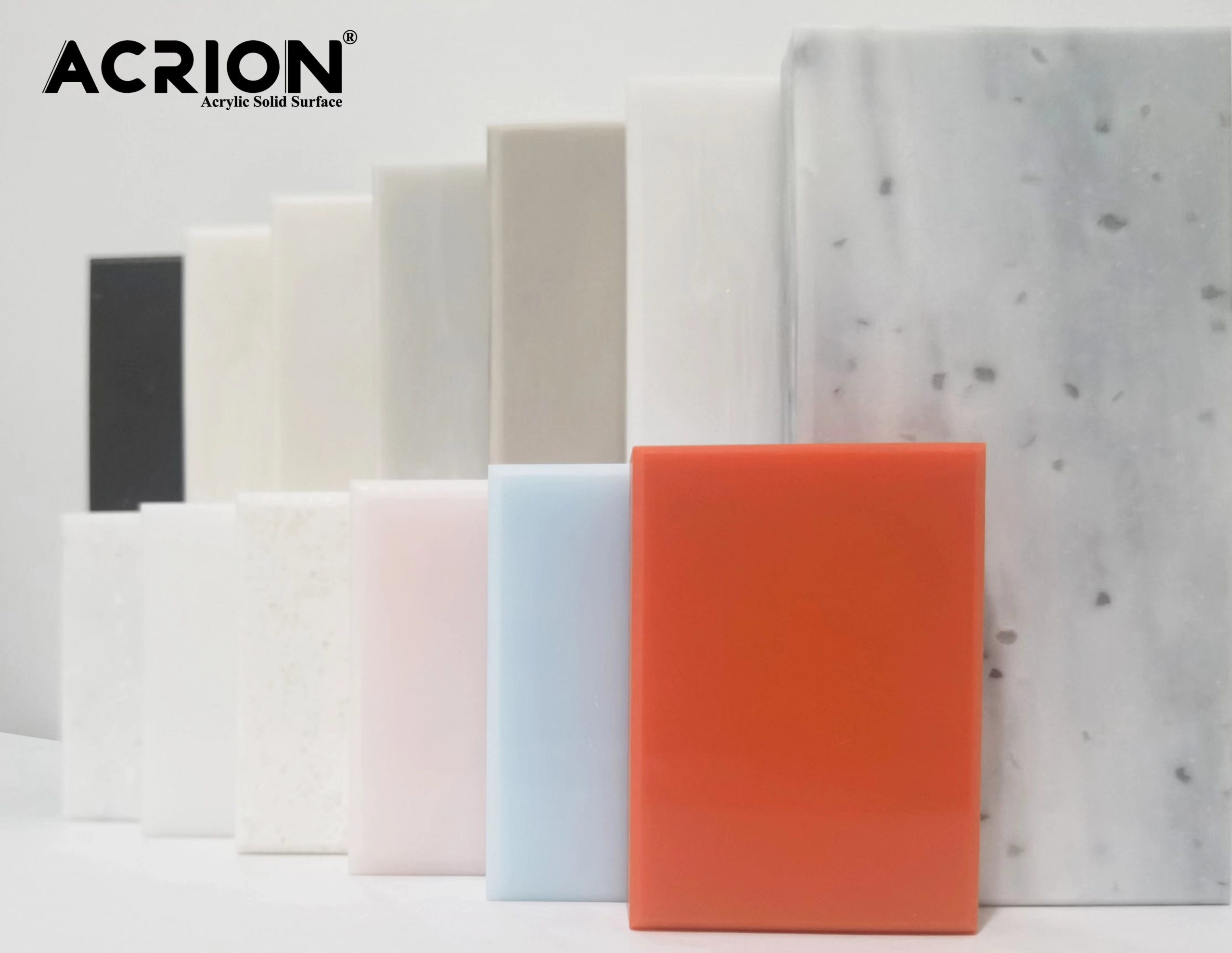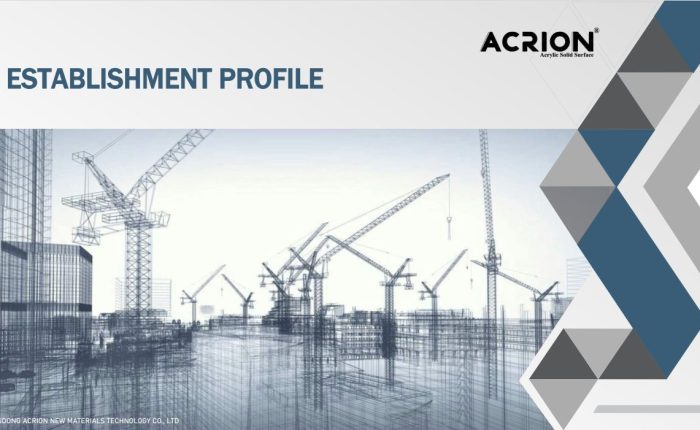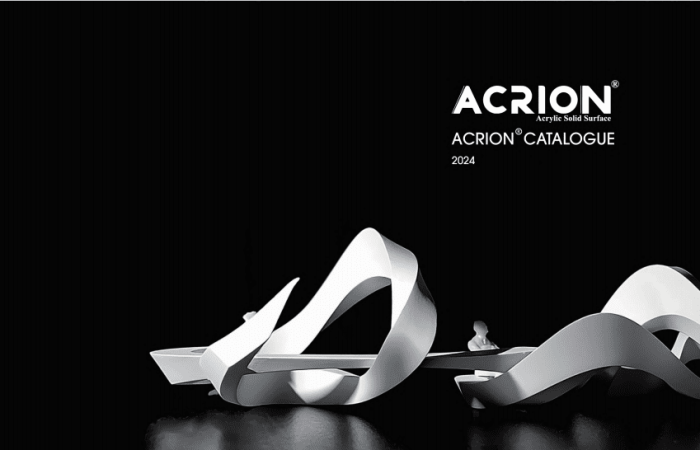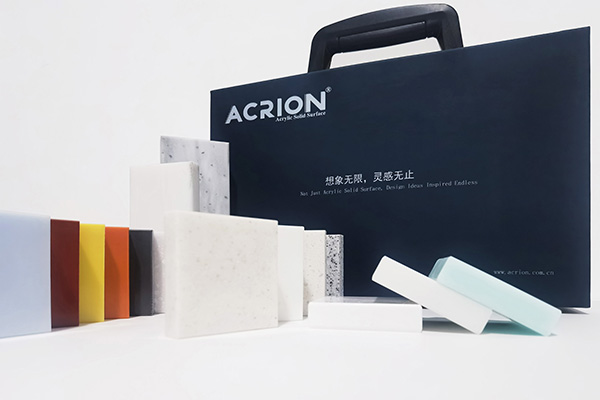Phân tích tính linh hoạt và độ dẻo của bề mặt rắn acrylic
Tính linh hoạt và độ dẻo của bề mặt rắn của axit acrylic bị ảnh hưởng chung bởi cấu trúc phân tử của nhựa, cơ chế bảo dưỡng và điều kiện bên ngoài. Phân tích sau đây được thực hiện từ ba chiều: thuộc tính vật liệu, các yếu tố ảnh hưởng và kịch bản ứng dụng:
Đầu tiên, các nguồn và biểu hiện của tính linh hoạt
Chuỗi phân tử linh hoạt
Tính linh hoạt của nhựa acrylic chủ yếu phụ thuộc vào cấu trúc của nhóm este (-coo-) và nhóm alkyl (-R) trong chuỗi chính. Ví dụ, việc giới thiệu các nhóm alkyl chuỗi dài (như C8-C12) có thể làm tăng thể tích tự do của chuỗi phân tử, giảm nhiệt độ chuyển đổi thủy tinh (TG) và do đó tăng cường tính linh hoạt. Nếu các monome linh hoạt (như butyl acrylate) được đưa vào chuỗi chính, thì lớp phủ có thể chịu được sự uốn cong 180 ° ở nhiệt độ phòng mà không bị nứt. Tuy nhiên, khi tỷ lệ monome cứng (như methyl methacrylate) quá cao, độ giòn của lớp phủ tăng đáng kể.
Ảnh hưởng của mật độ liên kết ngang
Liều lượng của các tác nhân liên kết ngang (như diisocyanates và nhựa epoxy) ảnh hưởng trực tiếp đến tính linh hoạt. Ví dụ, khi mật độ liên kết ngang quá cao, lớp phủ có thể bị vỡ do nồng độ ứng suất trong quá trình thử uốn. Liên kết chéo vừa phải (chẳng hạn như mức độ liên kết ngang 30-50%) có thể cân bằng độ cứng và tính linh hoạt, cho phép lớp phủ duy trì độ cứng nhất định trong khi có khả năng chống va đập.
Sự phụ thuộc nhiệt độ
Tính linh hoạt của lớp phủ acrylic tăng theo nhiệt độ tăng. Ví dụ, ở -20, lớp phủ có thể biểu hiện gãy giòn; Ở 60, độ giãn dài của nó vào lúc nghỉ có thể tăng 2 đến 3 lần. Đặc tính này đòi hỏi rằng khi được sử dụng trong môi trường nhiệt độ thấp, công thức cần được tối ưu hóa (chẳng hạn như thêm chất làm dẻo) để duy trì tính linh hoạt.
Thứ hai, cơ chế thực hiện của độ dẻo
Xử lý nhiệt dẻo
Nhựa acrylic được chữa khỏi không hoàn toàn có thể đạt được độ dẻo thông qua xử lý nhiệt dẻo. Ví dụ, ở 120-150, nhựa có thể được lịch, đúc thổi hoặc phun phun và giữ lại hình dạng của nó sau khi làm mát. Đặc điểm này có thể áp dụng cho việc sản xuất các sản phẩm có hình dạng phức tạp (như các bộ phận trang trí có hình dạng không đều), nhưng nhiệt độ xử lý cần được kiểm soát để tránh suy thoái nhiệt.
Định hình hỗ trợ dung môi
Độ nhớt của nhựa có thể được giảm và độ dẻo của nó được tăng cường bằng cách thêm dung môi dễ bay hơi (như ethyl acetate). Ví dụ, khi hàm lượng dung môi là 20-30%, nhựa có thể được phủ hoặc phun vào một lớp mỏng và lớp phủ dày đặc được hình thành sau khi dung môi bay hơi. Phương pháp này có thể áp dụng cho việc xây dựng quy mô lớn (chẳng hạn như các bức tường bên ngoài của các tòa nhà), nhưng cần phải chú ý đến ảnh hưởng của tốc độ bay hơi dung môi lên độ phẳng của lớp phủ.
Curing nhẹ và liên kết ngang có thể đảo ngược
Một số loại nhựa acrylic có thể được quang hóa bằng chất xúc tác quang học, trong khi các liên kết ngang thuận nghịch (chẳng hạn như liên kết disulfide và liên kết hydro) được đưa vào để tăng cường độ dẻo. Ví dụ, dưới bức xạ tia cực tím, nhựa có thể được xử lý và hình thành trong vòng vài giây. Dưới ảnh hưởng của nhiệt độ hoặc dung môi cụ thể, các liên kết ngang có thể bị phá vỡ, đạt được hình dạng thứ cấp. Tính năng này có thể áp dụng cho các tình huống yêu cầu xử lý lặp đi lặp lại (chẳng hạn như in 3D).
Thứ ba, các yếu tố chính ảnh hưởng đến tính linh hoạt và độ dẻo
Thành phần của nhựa monome
Tỷ lệ giữa các monome mềm (như ethyl acrylate và isooctyl acrylate) so với các monome cứng (như methyl methacrylate và styrene) ảnh hưởng trực tiếp đến tính linh hoạt. Ví dụ, khi tỷ lệ monome mềm vượt quá 60%, độ linh hoạt của lớp phủ được cải thiện đáng kể, nhưng độ cứng có thể không đủ. Khi tỷ lệ monome cứng quá cao, lớp phủ dễ bị nứt.
Chất hóa dẻo và chất biến tính
Chất hóa dẻo (như dioctyl phthalate) có thể làm giảm lực liên phân tử và tăng cường tính linh hoạt. Ví dụ, thêm 5-10% chất làm dẻo có thể làm tăng hơn 50% độ giãn dài khi đứt của lớp phủ, nhưng nó có thể làm giảm khả năng chịu nhiệt và kháng hóa chất. Ngoài ra, việc giới thiệu các chất độn nano (như ống nano silica và carbon) có thể tăng cường tính linh hoạt và độ bền thông qua liên kết ngang vật lý.
Điều kiện bảo dưỡng
Nhiệt độ và thời gian xử lý có ảnh hưởng đáng kể đến tính linh hoạt và độ dẻo. Ví dụ, xử lý ở nhiệt độ thấp (chẳng hạn như 40oC) có thể dẫn đến liên kết ngang không hoàn chỉnh, dẫn đến lớp phủ có độ linh hoạt tốt nhưng độ cứng không đủ. Bảo dưỡng ở nhiệt độ cao (chẳng hạn như 120oC) có thể đẩy nhanh phản ứng liên kết ngang, tăng độ cứng nhưng có thể làm giảm tính linh hoạt. Ngoài ra, tính linh hoạt của lớp phủ UV có thể được kiểm soát bằng cách điều chỉnh nồng độ của chất quang hóa và cường độ ánh sáng.
Thứ tư, yêu cầu về tính linh hoạt và dẻo dai trong các tình huống ứng dụng
Lớp phủ kiến trúc
Lớp phủ tường bên ngoài cần phải có độ linh hoạt nhất định để chống lại sự giãn nở và co lại do nhiệt do thay đổi nhiệt độ. Ví dụ, ở những khu vực có chênh lệch nhiệt độ lớn giữa ngày và đêm, lớp phủ cần có độ giãn dài ở mức 10-15% để tránh nứt. Ngoài ra, độ dẻo đòi hỏi lớp phủ có thể phủ đều lên bề mặt của các chất nền phức tạp (như tường gạch và đá).
Sơn phủ ô tô
Các bộ phận như cản xe cần phải vừa linh hoạt vừa dễ uốn. Ví dụ, lớp phủ cần duy trì độ dẻo trong khoảng từ -40oC đến 80oC, đồng thời có thể chịu được các tác động nhỏ mà không bị bong tróc. Ngoài ra, độ dẻo đòi hỏi lớp phủ có thể thích ứng với quá trình ép phun và tạo thành bề mặt nhẵn.
vật liệu in 3D
Nhựa acrylic chữa được bằng tia cực tím cần phải dẻo để in được các cấu trúc phức tạp. Ví dụ, nhựa cần xử lý nhanh dưới ánh sáng cực tím trong khi vẫn duy trì mức độ linh hoạt nhất định để tránh bị vỡ trong quá trình in. Ngoài ra, sản phẩm in cần có đủ độ bền để chịu được tải trọng sử dụng.
Thứ năm, chiến lược tăng cường tính linh hoạt và dẻo dai
Thiết kế phân tử
Các phân đoạn linh hoạt được giới thiệu thông qua quá trình đồng trùng hợp hoặc sửa đổi ghép. Ví dụ, đưa các phân đoạn polyether (chẳng hạn như polyethylene glycol methacrylate) vào nhựa acrylic có thể tăng cường đáng kể tính linh hoạt trong khi vẫn duy trì khả năng chống nước.
Sửa đổi tổng hợp
Trộn nhựa acrylic với chất đàn hồi (như cao su nitrile, polyurethane). Ví dụ, thêm 10-20% chất đàn hồi có thể tăng độ bền va đập của lớp phủ lên 3-5 lần trong khi vẫn duy trì độ trong suốt.
Quá trình sau điều trị
Tối ưu hóa cấu trúc lớp phủ thông qua xử lý nhiệt hoặc ủ dung môi. Ví dụ, xử lý nhiệt ở 100oC trong 2 giờ có thể giải phóng ứng suất bên trong của lớp phủ và tăng cường tính linh hoạt của nó. Ủ dung môi có thể thúc đẩy sự sắp xếp lại chuỗi phân tử và tăng cường độ dẻo.



